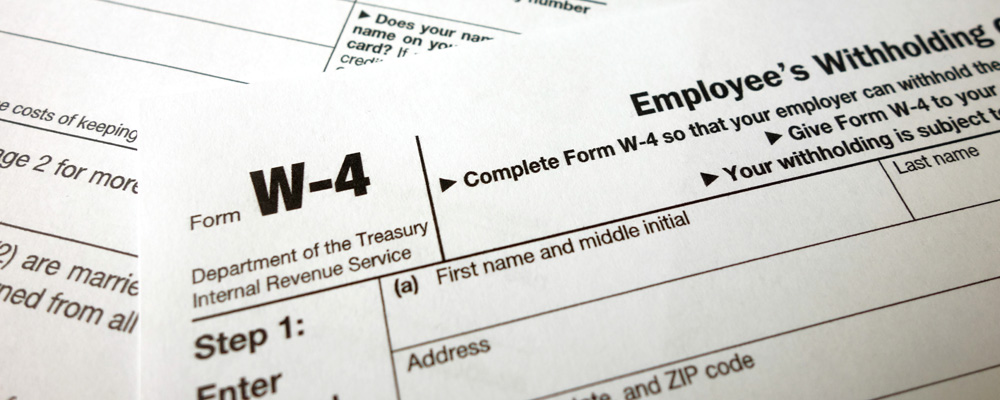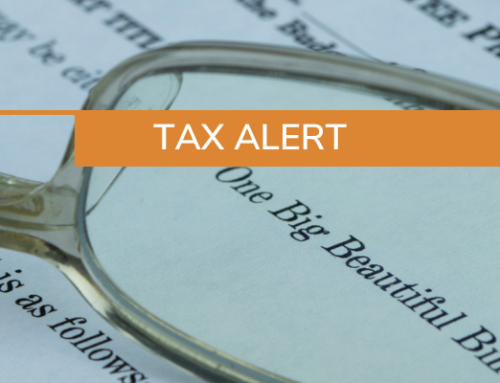By Charles Dean Smith, Jr., CPA
Did you end up having a surprise 2022 tax bill on April 18 and writing a check for the balance due on your individual tax return when you have historically received a refund, then you should now consider reviewing your current paycheck withholdings to make sure you are in a better tax position next year in April 2024.
The IRS collects individual income taxes throughout the year, typically through paycheck withholdings for W-2 employees, withholdings on retirement distributions, or quarterly estimated tax payments for taxpayers with self-employment, K-1 and rental income, or significant investment income. If a taxpayer does not have enough income taxes withheld or paid through estimated tax payments evenly paid throughout the year, they may be subject to an estimated tax underpayment penalty calculation. The first quarterly estimated tax payment for 2023 was actually due back on April 18 with the second quarter payment due on June 15.
An option to help avoid an unexpected tax bill on your 2023 individual income tax return is by using the free IRS paycheck withholding estimator calculator available on the IRS website. The IRS calculator shows how a taxpayer’s current withholding affects their take-home pay, next year’s estimated refund or tax liability payment. The estimate calculation works best for those taxpayers with minimal investment and K-1 income and mainly just W-2 or 1099-R income. Taxpayers with more complicated tax reporting should work with a tax advisor to develop a more realistic estimated tax calculation that considers more complex issues such as net investment income taxes, capital gains, or alternative minimum tax.
It is recommended that taxpayers review their withholdings at least twice a year at mid-year and year-end. The IRS calculator makes it easy for taxpayers to determine if they are on track for the year or not on their withholdings and payments. Just make sure you are reviewing the most recent paycheck or retirement statement so that the correct year-to-date amounts are being input into the calculator.
Taxpayers can make adjustments to their income tax withholdings by using a W-4 for any W-2 amounts, W-4P for periodic or monthly retirement distribution payments, W-4R for special one-time retirement distribution payments, and W-4V for voluntary withholding from Social Security benefits and unemployment compensation. These forms are filed directly with your employer or to the payer of the payment and not with the IRS.
The most common reasons to change withholdings using a W-4 form is due to lifestyle changes such as a marriage, divorce or new children during the year or tax law changes such as the loss or decrease of a refundable tax credit such as the child tax credit. Increases in itemized deductions such as mortgage interest from a new home purchase or charitable contributions can also warrant a change to your current withholding allowances.
Taxpayers with an increase or change in their self-employment income from a side job, for example, will almost always need to file a new W-4 form or start making quarterly estimated tax payments.
With average IRS refunds down 8.6% for 2022 compared to 2021, taxpayers should be looking more closely this year at their income tax withholding amounts and consider either changing their W-4 allowances and filings or evaluating the need to start making quarterly estimated income tax payments for first time if they want to avoid an unexpected tax liability next year in April.
Individuals with concerns over their current year tax withholding or estimated tax payment amounts or think the amounts should be updated after having their 2022 individual tax return completed, should reach out to their PBMares advisor or a member of the PBMares Tax Team to discuss further. There is still time to get the tax payments updated to avoid a future unexpected tax liability for 2023.





